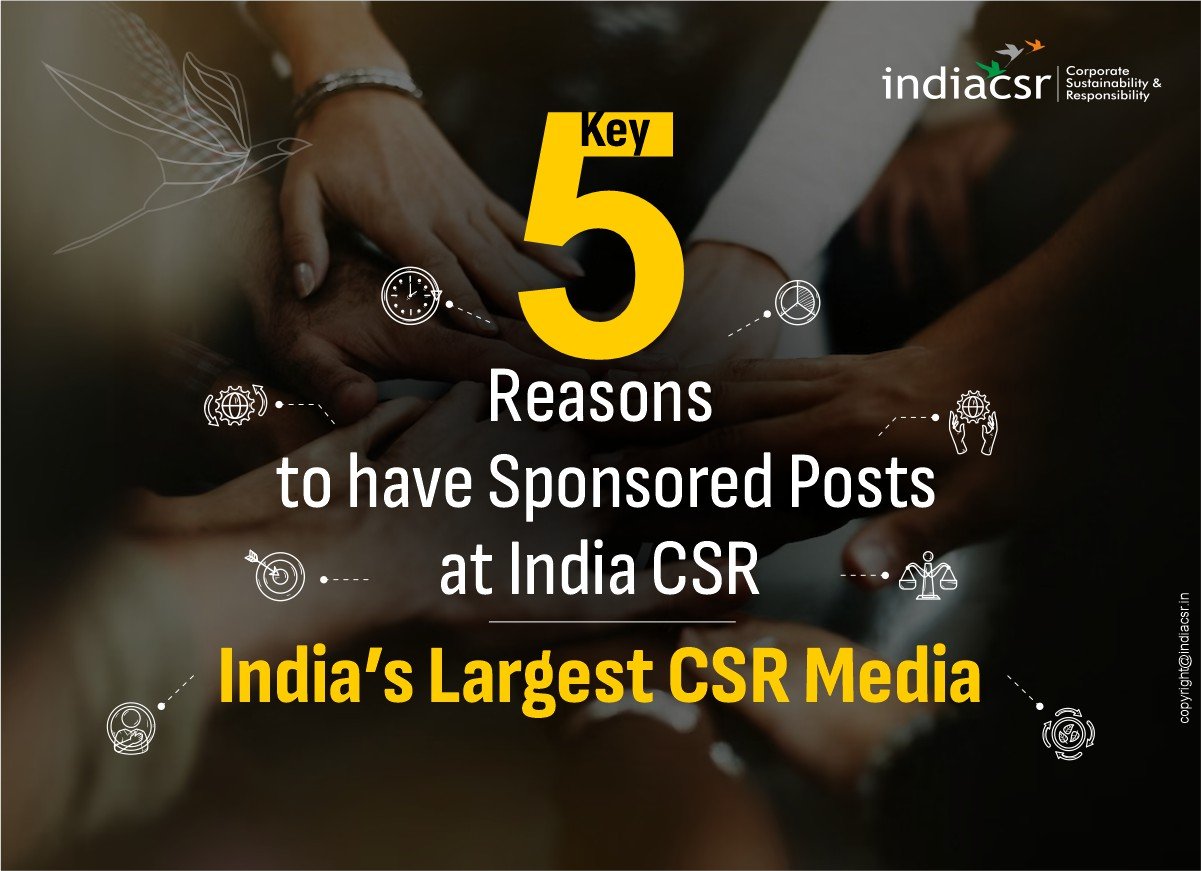Capital of India: New Delhi Top 10 Facts that Every British Must Know. New Delhi is the seat of power, culture, and history of India
New Delhi, the capital of India, is a city that fascinates and intrigues many visitors from around the world. It is a city of contrasts, where ancient monuments coexist with modern skyscrapers, where diverse cultures and religions mingle and clash, and where rich and poor live side by side. For British travellers, New Delhi also offers a glimpse into the colonial past and the post-independence present of India, a country that was once the jewel in the crown of the British Empire.
The British Legacy and Connection with New Delhi – the Capital of India
New Delhi, the capital of India, was once the capital of British India, a colonial empire that ruled over the subcontinent for almost two centuries. The British built New Delhi as a symbol of their power and prestige, and left behind a legacy of architecture, culture, and history that still shapes the city today. The British also had a complex and contradictory relationship with India, marked by exploitation, oppression, resistance, and cooperation.
Many Britishers have an emotional connection with New Delhi, as it reminds them of their ancestral ties, historical experiences, and cultural influences with India. Some Britishers may feel nostalgia, pride, or curiosity about New Delhi, while others may feel guilt, regret, or resentment. New Delhi is a city that reflects the past, present, and future of both India and Britain, and their intertwined destinies.
Here are 10 facts about New Delhi that every British must know before visiting this vibrant and dynamic city.
1. New Delhi and Delhi are two different places
Many people confuse New Delhi with Delhi, but they are actually two different entities. Delhi is a National Capital Territory, which encompasses New Delhi and several other districts.
New Delhi is a planned city that was designed by the British architect Edwin Lutyens as the new capital of British India in the early 20th century. It was officially inaugurated in 1931 and became the capital of independent India in 1947.
New Delhi is also the seat of the central government of India, where the Parliament, the President’s House, and the Prime Minister’s Office are located.
***
2. New Delhi is one of the greenest capitals in the world
Despite being one of the most polluted and congested cities in the world, New Delhi is also surprisingly green. According to a report by the World Economic Forum, New Delhi has the highest percentage of tree cover among 15 major cities in the world, with 21.9% of its area covered by trees.
New Delhi also has several parks and gardens, such as the Lodhi Garden, the Nehru Park, and the Mughal Garden, that offer a respite from the urban chaos and a glimpse into the city’s historical and cultural heritage.

***
3. New Delhi is home to three UNESCO World Heritage Sites
New Delhi boasts of three UNESCO World Heritage Sites, which reflect the city’s rich and diverse history. These are:
The Qutub Minar, a 73-metre-high tower that was built in the 13th century by the Delhi Sultanate, the first Islamic dynasty in India. It is the tallest brick minaret in the world and a symbol of the Islamic conquest of India.
The Humayun’s Tomb, a 16th-century mausoleum that was built by the Mughal emperor Akbar for his father Humayun. It is the first example of the Mughal style of architecture, which influenced the design of the Taj Mahal and other monuments in India.
The Red Fort, a 17th-century fort and palace that was built by the Mughal emperor Shah Jahan as the seat of his empire. It is a masterpiece of Mughal art and architecture, and the site of the annual Independence Day celebration of India.
***
4. New Delhi is a melting pot of cultures and religions
New Delhi is a city that celebrates diversity and pluralism, as it is home to people from different regions, languages, religions, and backgrounds. According to the 2011 census, New Delhi has a population of about 11 million, of which 81.7% are Hindus, 12.9% are Muslims, 3.4% are Sikhs, 1.1% are Christians, and 0.9% are others.
New Delhi also has a large number of migrants and refugees from other parts of India and neighbouring countries, such as Nepal, Bangladesh, Afghanistan, and Myanmar.
As a result, New Delhi offers a variety of cuisines, festivals, music, and art forms that reflect its multicultural and cosmopolitan character.
***
5. New Delhi is a hub of education and innovation
New Delhi is a city that nurtures talent and creativity, as it is home to some of the best educational and research institutions in India and the world. Some of the notable institutions in New Delhi are:
The University of Delhi, one of the largest and most prestigious universities in India, with over 90 colleges and 16 faculties. It has produced several eminent alumni, such as Nobel laureates, presidents, prime ministers, and celebrities.
The Indian Institute of Technology Delhi, one of the premier engineering and technology institutes in India and the world. It is ranked among the top 50 universities in the world for engineering and technology by the QS World University Rankings.
The All India Institute of Medical Sciences, one of the leading medical institutes in India and the world. It is a centre of excellence for medical education, research, and patient care, and has been ranked as the best hospital in India by the Newsweek magazine.
***

6. New Delhi is a city of monuments and museums
New Delhi is a city that showcases the glory and the tragedy of India’s past, as it is dotted with monuments and museums that tell the stories of the city’s and the country’s history. Some of the notable monuments and museums in New Delhi are:
The India Gate, a 42-metre-high arch that was built in 1931 as a memorial to the 70,000 Indian soldiers who died in the First World War and the Third Anglo-Afghan War. It also houses the eternal flame of the Amar Jawan Jyoti, which honours the unknown soldiers who sacrificed their lives for the nation.
The National Museum, the largest museum in India, which houses a collection of over 200,000 artefacts, ranging from prehistoric to modern times. It showcases the cultural, artistic, and scientific achievements of India and the world.
The Gandhi Smriti, a museum and memorial that was formerly the residence of Mahatma Gandhi, the father of the nation. It is the place where Gandhi was assassinated on January 30, 1948, by a Hindu nationalist. It displays the personal belongings, photographs, and writings of Gandhi, and preserves the room where he spent his last days.
***

7. New Delhi is a city of markets and bazaars
New Delhi is a city that offers a shopping experience like no other, as it is filled with markets and bazaars that sell everything from handicrafts to electronics, from spices to jewellery, and from books to clothes. Some of the famous markets and bazaars in New Delhi are:
The Chandni Chowk, one of the oldest and busiest markets in India, which dates back to the 17th century. It is a labyrinth of narrow lanes and shops that sell a variety of goods, such as fabrics, silverware, antiques, and food. It is also famous for its street food, such as parathas, chaat, and jalebis.
The Connaught Place, one of the largest and most popular commercial and financial centres in India, which was built in 1933 as a circular market. It is a hub of shopping, dining, entertainment, and nightlife, with several branded stores, restaurants, cafes, bars, and cinemas.
The Dilli Haat, an open-air market that was established in 1994 as a showcase of the rural and tribal arts and crafts of India. It is a colourful and vibrant place, where artisans from different states and regions display and sell their products, such as pottery, paintings, carpets, and jewellery. It also has a food court, where visitors can taste the cuisines of different parts of India.
***
8. New Delhi is a city of sports and events
New Delhi is a city that loves sports and events, as it hosts and participates in various national and international competitions and festivals. Some of the sports and events that New Delhi is known for are:
The Commonwealth Games, a multi-sport event that was held in New Delhi in 2010, for the first time in India. It was the largest and most successful Commonwealth Games ever, with 71 participating countries and territories, and 6,081 athletes and officials. It also showcased the cultural and artistic diversity of India, with a spectacular opening and closing ceremony.
The Indian Premier League, a professional Twenty20 cricket league that was founded in 2008, and is one of the most popular and lucrative sports leagues in the world. It features eight teams, representing eight cities in India, including the Delhi Capitals, which is based in New Delhi. It attracts some of the best cricket players and celebrities from India and abroad, and draws millions of viewers and fans every year.
The International Yoga Day, an annual event that was initiated by the Indian Prime Minister Narendra Modi in 2015, and is celebrated on June 21, the longest day of the year in the Northern Hemisphere. It aims to promote the practice and benefits of yoga, a physical, mental, and spiritual discipline that originated in India. It involves mass yoga sessions, workshops, and demonstrations, in which thousands of people participate, including the Prime Minister and other dignitaries.
***
9. New Delhi is a city of contrasts and contradictions
New Delhi is a city that defies easy categorization, as it is a city of contrasts and contradictions, where the old and the new, the rich and the poor, the sacred and the secular, and the traditional and the modern coexist and collide. Some of the examples of the contrasts and contradictions in New Delhi are:
The Lotus Temple, a Baháʼí House of Worship that was completed in 1986, and is shaped like a lotus flower. It is a symbol of unity and harmony, as it welcomes people of all faiths and backgrounds to pray and meditate. It is also a striking example of modern architecture, as it is made of white marble and has 27 petals that form nine sides and nine pools.
The Slums and the Skyscrapers, a stark contrast between the living conditions of the poor and the wealthy in New Delhi. The slums are overcrowded, unsanitary, and lack basic amenities, such as water, electricity, and sanitation. The skyscrapers are luxurious, modern, and equipped with all the comforts and facilities, such as air conditioning, elevators, and security. The slums and the skyscrapers often exist side by side, creating a visible and disturbing gap between the haves and the have-nots.
The Cows and the Cars, a contrast between the sacred and the secular, and the traditional and the modern in New Delhi. The cows are considered holy by the Hindus, who make up the majority of the population, and are allowed to roam freely on the streets. The cars are a symbol of progress and development, and are driven by the growing middle class and the elite. The cows and the cars often share the same roads, creating traffic jams and accidents, and posing a challenge for the urban planning and management.
***
10. New Delhi is a city of opportunities and challenges
New Delhi is a city that offers opportunities and challenges for its residents and visitors, as it is a city that is constantly evolving and transforming. Some of the opportunities and challenges that New Delhi faces are:
The Economic Growth and Development, an opportunity for New Delhi to become a global city and a hub of trade, commerce, and innovation. New Delhi has a GDP of $293 billion, making it the second-largest urban economy in India and the 11th-largest in the world. New Delhi also has a high per capita income of $6,860, which is more than twice the national average. New Delhi attracts foreign investment, tourism, and talent, and contributes significantly to the national economy.
The Social and Environmental Problems, a challenge for New Delhi to improve the quality of life and the sustainability of its resources. New Delhi suffers from various social and environmental problems, such as poverty, inequality, crime, corruption, pollution, congestion, and climate change. New Delhi has a high poverty rate of 14.2%, which means that about 1.6 million people live below the poverty line.
New Delhi also has a high crime rate of 1,263 per 100,000 people, which makes it one of the most unsafe cities in India. New Delhi is also one of the most polluted cities in the world, with an average PM2.5 level of 113.5 micrograms per cubic meter, which is more than 11 times the WHO guideline. New Delhi also faces the threat of water scarcity, heat waves, and floods, due to the changing climate and the increasing demand.
Also Read
(India CSR)





















